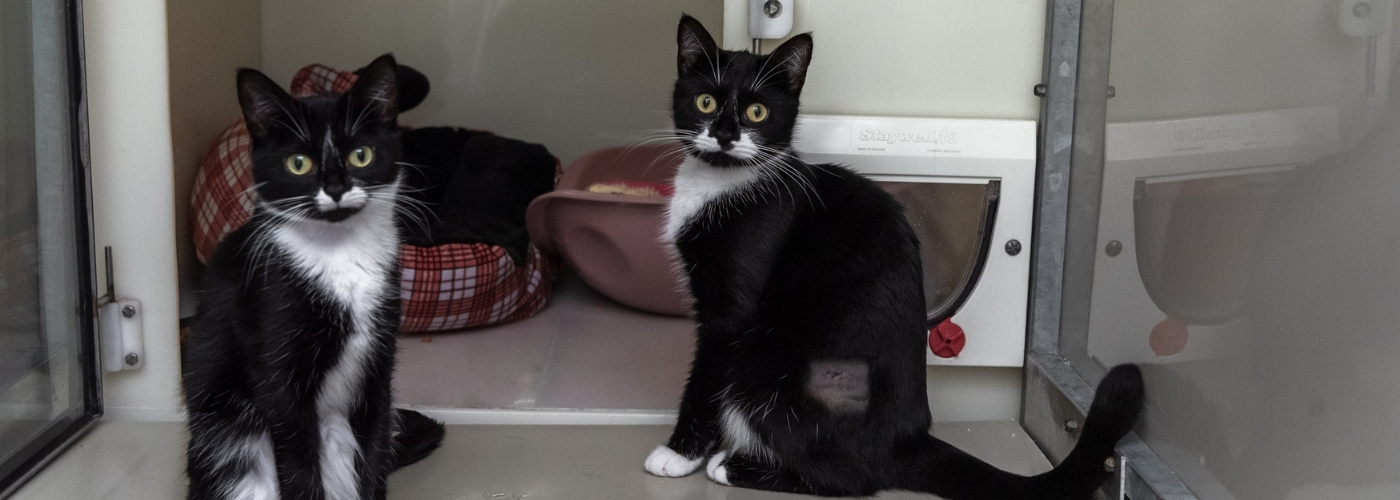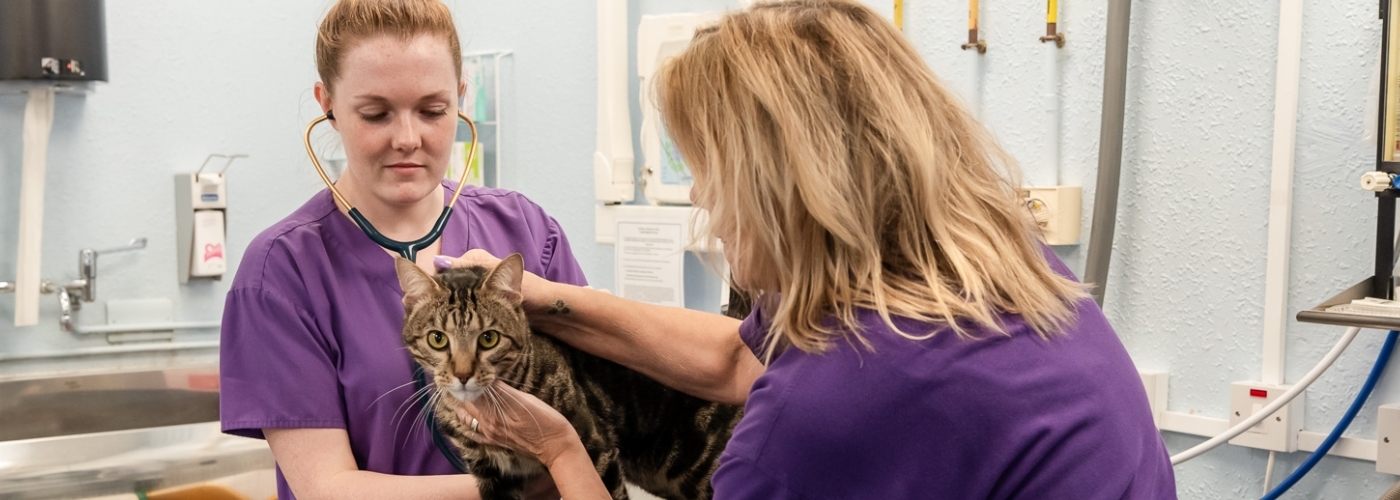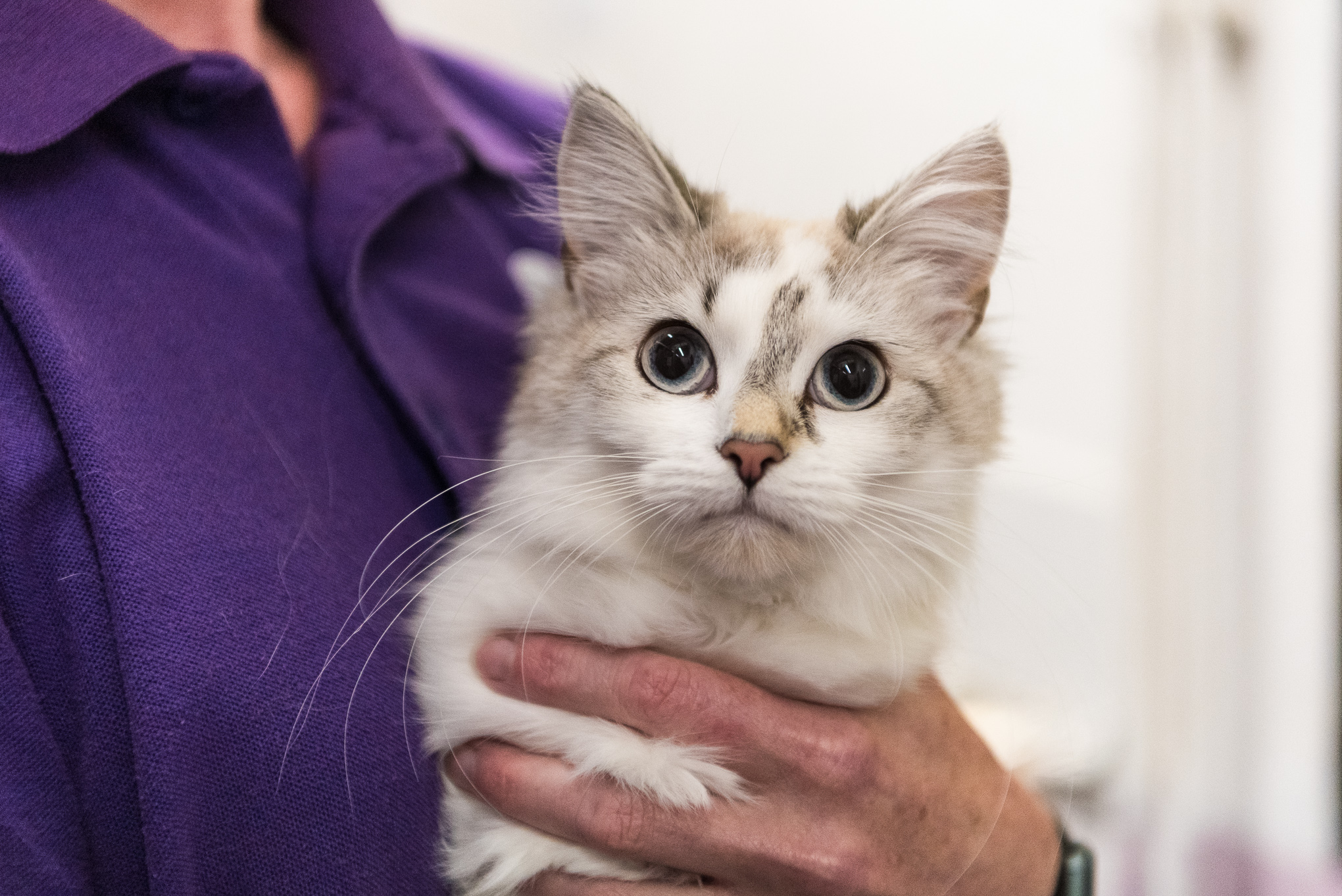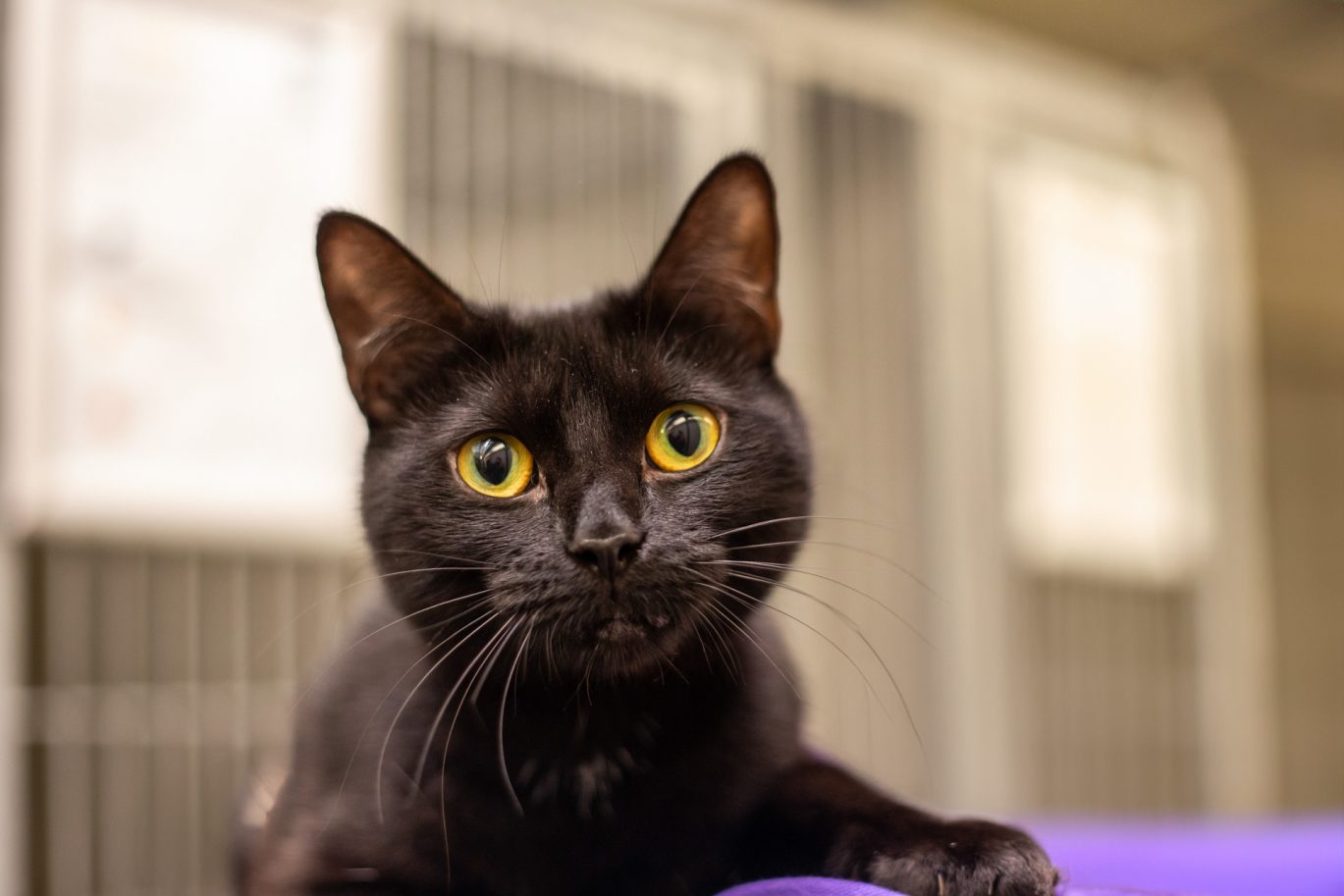
Best flea treatments for cats
Here’s everything you need to know to help your feline friend beat these cunning critters.
Treating fleas can often feel like an uphill battle. Even on the cleanest of cats, fleas can thrive – so it’s important as an owner to be aware of the signs and know how to treat these little monsters.
What are fleas?
Fleas are an external parasite that hide under your pet’s fur and cause all kinds of problems.
Different animals have different species of fleas, but fleas can also move between species. Female fleas can lay up to 50 eggs a day, meaning that a flea infestation can quickly become a big problem.
Fleas live from 14 days to a year; with the fleas you find on your cat being only 5% of those in an active infestation. Some fleas can leap 100 times their body length, landing on other pets and spreading throughout your home.
Signs of fleas
You can tell if your cat has fleas if they seem to be scratching a lot or have hair loss and sore spots. Other signs include: redness and irritation, thickened skin, spots, dark specs in their fur, and unaccounted for insect bites on yourself.
Fleas often accumulate on the back of your cat’s neck, between their shoulder blades, on the base of their tail, and on the back of their legs.
You can check for fleas using a fine-toothed comb and holding it over something white like a piece of kitchen roll. Test if the brown droppings you find are from fleas by adding a few drops of water to the paper towel. If the droppings turn a reddish brown colour, then that signals that they are from fleas.
How to treat fleas
To treat fleas, you must treat both your cat and your home as fleas can survive in your environment, without a host, for months.
By using specialised flea treatments, you can prevent and eliminate fleas. They come as a spray, spot-ons, tablet and even a 6 month acting injection. Make sure to always buy your flea treatment from a reputable retailer or your vet practice. Treatments labelled as ‘NFA-VPS’ can only be sold by someone who is qualified such as a pharmacist or vet and are often stronger than products off the shelf. We always recommend consulting your vet for advice on the best treatment.
It’s important to follow the instructions on the leaflet when administering the treatment and you shouldn’t bath or groom your cat for a few days after.
It’s also important not to use treatments intended for dogs as some contain permethrin which is highly toxic to cats.
As well as treating your furry friend, you should also take measures in your home like cleaning your cat’s bedding (and your own!) on a hot wash and using a household flea spray. Any removable soft furnishings should be hot washed and static items such as armchairs or sofas should be flea sprayed. Hoovering your furniture, floors, and skirting boards will also help clear any lingering critters, making sure to throw the dust bag away after use.
It’s not just a donation, it’s a warm bed
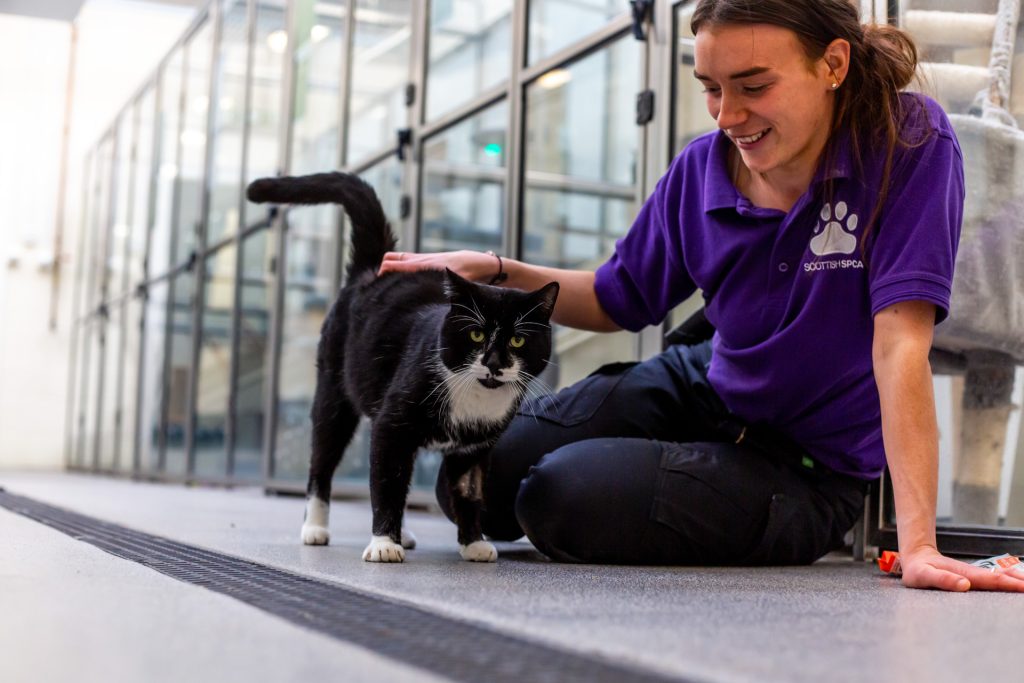
If it wasn’t for our rescue centres, there would be lots of animals left out in the cold. Donations allow us to keep the heating on and the blankets-a-plenty.
Preventing fleas
As we touched on before, even the cleanest cat in the cleanest home can be susceptible to fleas. However, there are a few measures you can take to ensure these beasties stay away.
Grooming your cat will help you spot fleas as well as preventing matting and improving circulation.
Also cleaning their bedding, and anywhere else they like to spend time, can limit an infestation setting up in your home.
By far the most important and effective way to prevent fleas is to treat your animal with regular preventative anti-parasitic treatment.
Why it’s important to control fleas on cats
Flea bites are uncomfortable and itchy and can cause even more problems for your beloved pet.
Flea bites can cause allergic reactions if your cat is hypersensitive to flea saliva. They also cause blood loss which can cause anaemia in young or weak cats.
As well as causing irritation, fleas also carry diseases such as cat scratch disease and tapeworms. Flea larvae can become infected with tapeworm eggs which can turn into a nasty problem.
Symptoms of a tapeworm include: loss of weight, increased appetite and weakness, diarrhoea, worm egg segments in faeces and dry and coarse fur. It’s important to look out for these signs and treat for worms as well as fleas.
That’s everything you need to know for a flea-free kitty
Fleas are not fun but by following our advice you can help treat and prevent your feline friend from this foe.
Please consider giving a one-off donation today to help us treat the cats in our care.

Support us from £5 a month
It costs us £63,000 every day to continue the work that animals across Scotland depend on. Our work is only possible because of the generosity of people like you.



